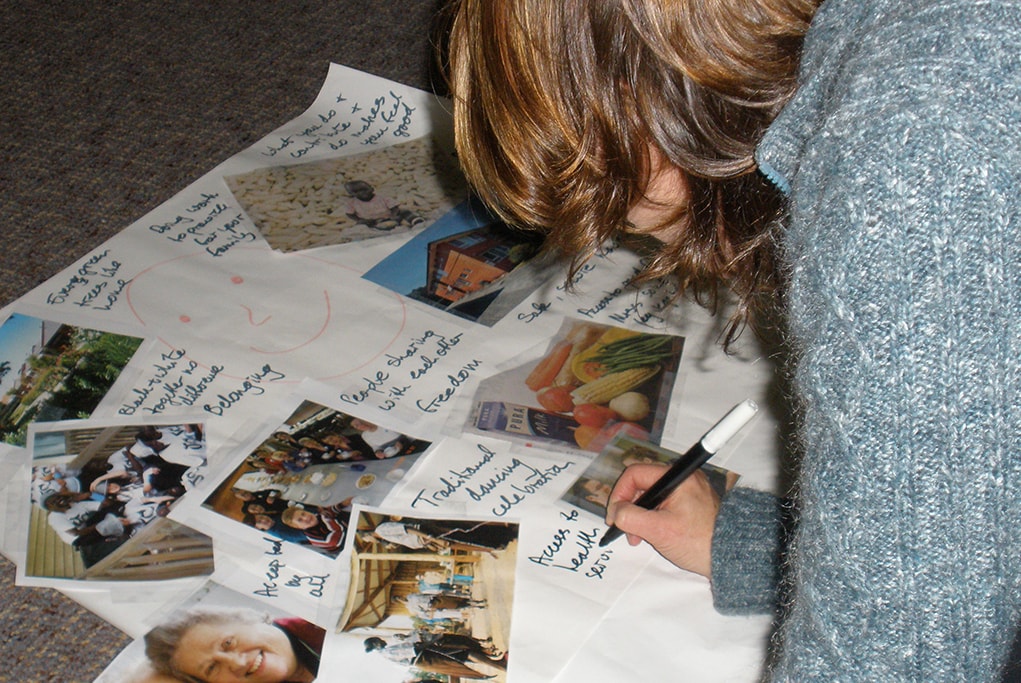As collaborations turns 26 I am reminded of the hard bargaining that used to occur to enable any kind of budget for community processes as part of a planning or design project. The fallback model was a community meeting, ‘Town Hall style’ for interest groups and councillors to outdo each other in emotive debate, whilst the silent majority walked away disenfranchised and unheard. In those days my interest was communities, planners and designers working alongside each other as collaborators, where possible, to share knowledge and respond to local conditions.
Now every major project needs a ‘coms’ strategy and a ‘stakeholder management plan” which read like a drive through menu. Would you like a few ‘pop-ups with that?”
The range of techniques and approaches can read like the Tantric Book of Community Engagement. Often the menu is heavily weighted towards the obligatory trend of the consultation season – social media, direct democracy. At the same time community sentiment seems to swing between feeling ‘over consulted’ to ”we’ve been asked all of this before and nothing happened’ back to ‘what’s the point they have already made up their minds’ and across to ‘I didn’t even know there was a ‘have your say’ website until it was all over.” The energy and inventiveness of coms staff and community engagement practioners is commendable, but the question still needs to be asked has all the colour and movement led to an improved decision or outcome? How well informed are communities about their ability to influence a decision and the consequences of their choices? Does community engagement become window dressing for lack of leadership and vision? Does the eagerness to communicate a positive message drown out diversity in debate? How does fear of conflict and change serve our responsibility to future generations?
The most powerful processes that I have been part of have some simple things in common:
- Being realistic about what people can influence, what the options are and what is at stake.
- Supporting the potential of face-to-face dialogue to build new relationships and broaden understanding.
- Acknowledging and embracing conflict with the respect it deserves as a catalyst for innovation and change.
- Understanding that power is a constant player and the diverse interests in any community can only be heard if power relationships are managed to support inclusive decision making.
These are not sexy ideas, they are prickly and difficult to grapple with, but I fear that if community engagement continues to believe its own press that we are best serving communities by giving them a take-away menu of techniques to choose from, then we will continue to confront community cynicism. Our most important tool is authentic dialogue and our key currency is trust. Both need to be nurtured with care and skill because if trust and dialogue breakdown a participatory process exists in name only.
